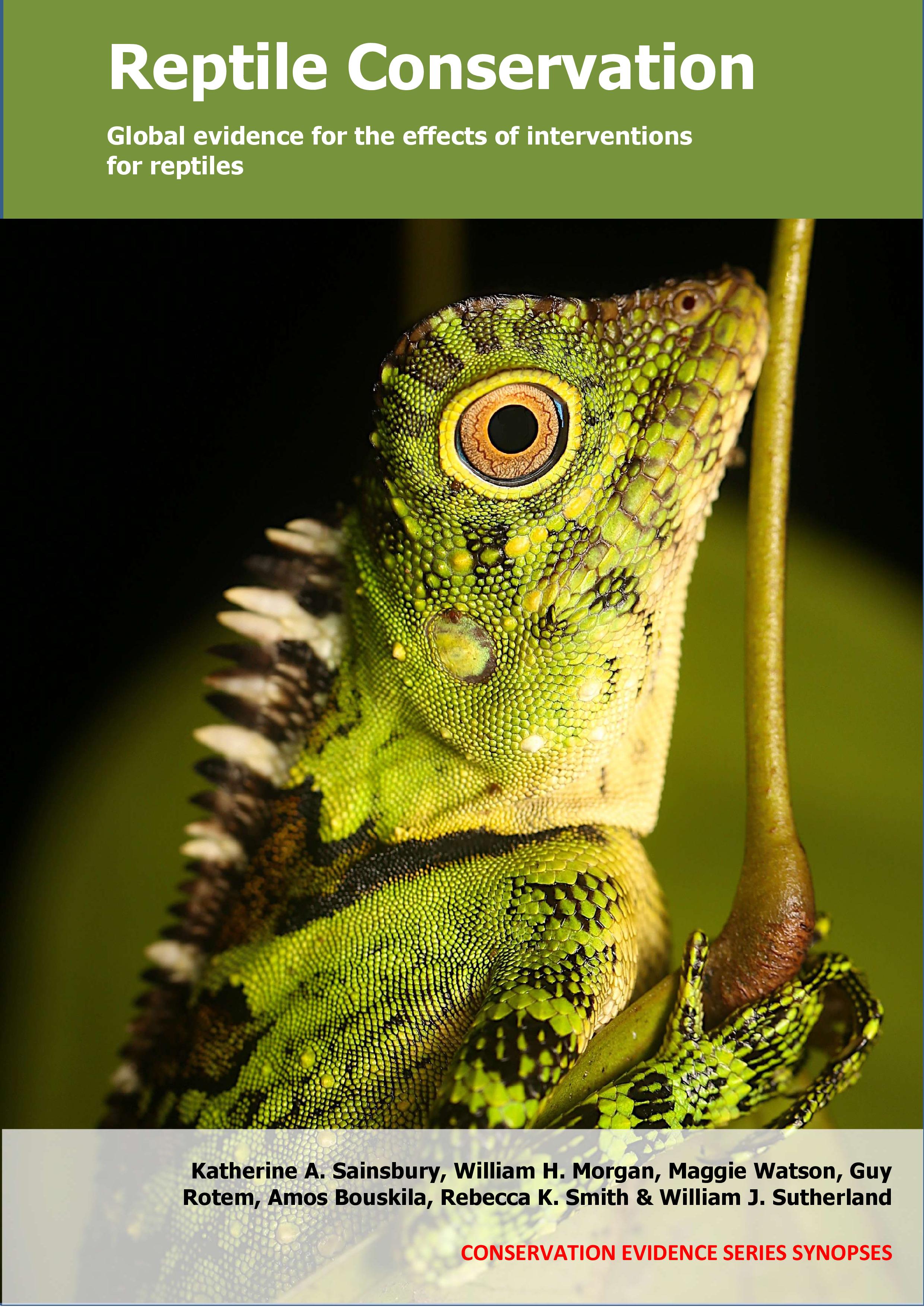Actions to conserve biodiversity
We have summarised evidence from the scientific literature about the effects of actions to conserve wildlife and ecosystems.
Review the evidence from the studies
Not sure what Actions are? Read a brief description.
Search for evidence
e.g. "frogs chytrid"
312 Actions found
Refine
Hide
312 Actions found
Download Actions
| 0 selected |
|
Order results by:
| Action | Effectiveness | Studies | Category | |
|---|---|---|---|---|
|
Protect specific habitat structures Action Link |
No evidence found (no assessment) | 0 |
|
|
|
Alter water flow rates Action Link |
Awaiting assessment | 1 |
|
|
|
Maintain dams or water impoundments Action Link |
Awaiting assessment | 1 |
|
|
|
Modify dams or water impoundments to enable wildlife movements Action Link |
Awaiting assessment | 1 |
|
|
|
Restore or maintain beaches (‘beach nourishment’) Action Link |
Awaiting assessment | 3 |
|
|
|
Armour shorelines to prevent erosion Action Link |
No evidence found (no assessment) | 0 |
|
|
|
Remove or control predators using lethal controls: Sea turtles Action Link |
Awaiting assessment | 4 |
|
|
|
Remove or control predators using lethal controls: Tortoises, terrapins, side-necked & softshell turtles Action Link |
Awaiting assessment | 7 |
|
|
|
Remove or control predators using lethal controls: Snakes & lizards Action Link |
Awaiting assessment | 12 |
|
|
|
Remove or control predators using lethal controls: Crocodilians Action Link |
No evidence found (no assessment) | 0 |
|
|
|
Remove or control predators using lethal controls: Tuatara Action Link |
Awaiting assessment | 1 |
|
|
|
Remove or control predators by relocating them Action Link |
Awaiting assessment | 2 |
|
|
|
Remove or control predators using fencing and/or aerial nets Action Link |
Awaiting assessment | 10 |
|
|
|
Provide training for local staff in species identification Action Link |
No evidence found (no assessment) | 0 |
|
|
|
Engage policy makers to make policy changes beneficial to reptiles Action Link |
No evidence found (no assessment) | 0 |
|
|
|
Offer reptile-related eco-tourism to improve behaviour towards reptiles Action Link |
Awaiting assessment | 2 |
|
|
|
Engage local communities in conservation activities Action Link |
Awaiting assessment | 6 |
|
|
|
Use education and/or awareness campaigns to improve behaviour towards reptiles and reduce threats Action Link |
Awaiting assessment | 7 |
|
|
|
Use collar-mounted devices to reduce predation by domestic animals Action Link |
Awaiting assessment | 2 |
|
|
|
Keep domestic cats indoors at times when reptiles are most active Action Link |
No evidence found (no assessment) | 0 |
|
|
|
Leash or restrict domestic dog movements in reptile habitats Action Link |
No evidence found (no assessment) | 0 |
|
|
|
Protect nests and nesting sites from predation using artificial nest covers: Sea turtles Action Link |
Awaiting assessment | 15 |
|
|
|
Protect nests and nesting sites from predation using artificial nest covers: Tortoises, terrapins, side-necked & softshell turtles Action Link |
Awaiting assessment | 7 |
|
|
|
Protect nests and nesting sites from predation using artificial nest covers: Snakes & lizards Action Link |
No evidence found (no assessment) | 0 |
|
|
|
Protect nests and nesting sites from predation using artificial nest covers: Crocodilians Action Link |
No evidence found (no assessment) | 0 |
|
Download Actions
| 0 selected |
|

Reptile Conservation - Published 2021
Reptile synopsis
Watch this search
If you are familiar with RSS feeds, please click the button below to retrieve the feed URL:
RSS feed for this searchIf you are unfamiliar with RSS feeds, we would suggest reading this BBC article.
Unfortunately, due to the number of feeds we have available, we cannot provide e-mail updates. However, you could use tools such as Feed My Inbox to do this for you.
What are 'Individual studies' and 'Actions'?
Individual studies
An individual study is a summary of a specific scientific study, usually taken from a scientific journal, but also from other resources such as reports. It tells you the background context, the action(s) taken and their consequences.
If you want more detail please look at the original reference.
Actions
Each action page focuses on a particular action you could take to benefit wildlife or ecosystems.
It contains brief (150-200 word) descriptions of relevant studies (context, action(s) taken and their consequences) and one or more key messages.
Key messages show the extent and main conclusions of the available evidence. Using links within key messages, you can look at the paragraphs describing each study to get more detail. Each paragraph allows you to assess the quality of the evidence and how relevant it is to your situation.
Where we found no evidence, we have been unable to assess whether or not an intervention is effective or has any harmful impacts.





)_2023.JPG)














